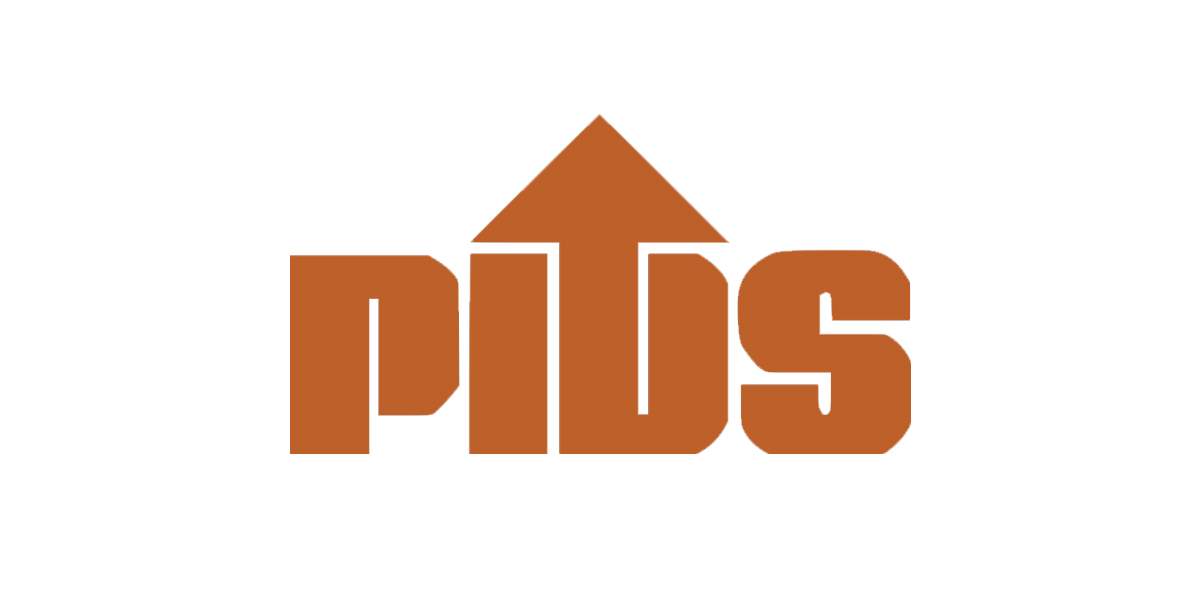By Prof. Enrique Soriano
Last week, we explored why so many family constitutions fail. Now, let’s discuss the solutions and real-life examples of success.
Case Example: Turning the Corner
Family C, a logistics company, faced a similar dilemma. After drafting their family constitution, they assumed it would work “automatically.”
Three years later, decision-making stalled as family members clashed over expansion strategies. Determined to salvage their governance efforts, they sought guidance. A structured activation process was implemented, which included:
- Setting up a Family Councilfor regular communication and mediation.
- Drafting a shareholders’ agreementto clarify ownership rules.
- Establishing a Board of Advisorswith external experts to ensure objectivity.
- Training younger family members on governance principles and business ethics.
Within a year, not only were disputes resolved, but the company also achieved 25% growth.
What Makes Implementation Work?
To avoid relegating your family constitution to the “top shelf,” here’s what successful governance activation looks like:
- Commitment from Leadership
Governance begins with the senior generation. Without their buy-in, efforts will falter.
Example: A patriarch in a multi-generational retail business took the lead in ensuring quarterly family governance meetings were non-negotiable.
- Structured Follow-Up
Drafting a constitution is just the beginning. Regular reviews and updates are necessary.
Example: A large family-owned manufacturing business incorporated biannual reviews of their family constitution into their board agenda to ensure alignment with business goals.
- Integration into Daily Business
Governance isn’t separate from operations—it’s intertwined.
Example: One agricultural family tied key business decisions, such as reinvestment policies, to provisions outlined in their constitution, ensuring it stayed relevant.
- Legal and Financial Backing
A constitution without enforceable agreements, like a shareholders’ agreement, is incomplete.
Example: A family-owned trading company partnered with legal experts to draft legally binding agreements that complemented their governance framework.
A Constitution is Not a “Cure-All”
A family constitution is not a magic solution. It’s the product of deep, often difficult conversations and represents the collective aspirations of a family. But it only works if all stakeholders commit to its implementation.
The absence of action after the drafting process can breed cynicism. If a family sees no results, they may never revisit governance again, compounding existing conflicts and eroding trust.
A Call to Action for 2025
As the new year begins, family businesses must reflect:
- Is your family constitution actively guiding your decisions?
- Or is it just another document gathering dust?
Governance is not just about preserving a business—it’s about protecting relationships, nurturing legacies, and honoring the dreams of the generations that came before. Make 2025 the year you breathe life into your governance framework. Dust off that constitution, revisit its provisions, and ensure it becomes the foundation for harmony and growth in your family business.


















